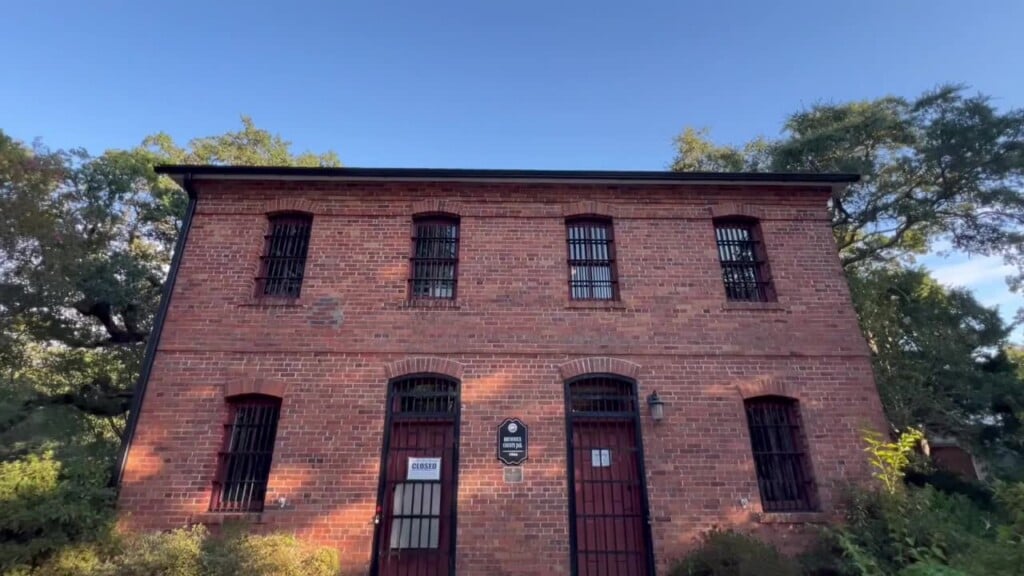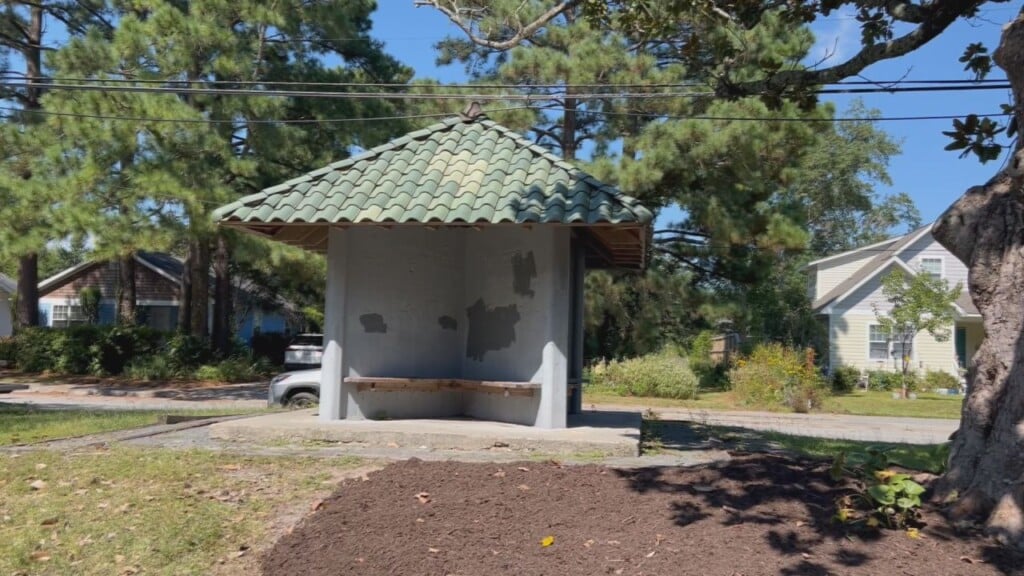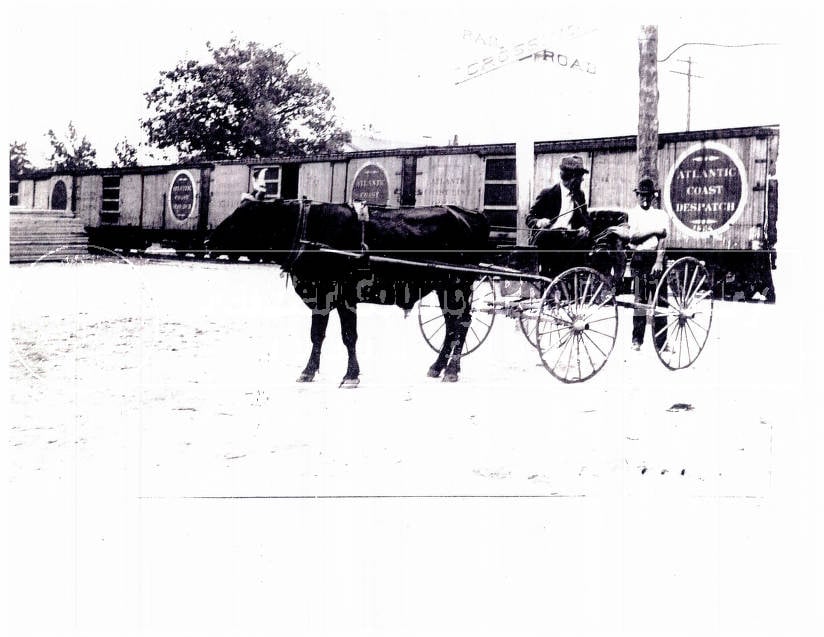History with ‘Hud’: How the longest bridges connecting the mainland to the beach came to be
CAPE FEAR (WWAY) — We’re several weeks into summer, marking the most popular time for visitors and locals alike to head to the beach. But there’s one aspect of your trip to the shore which often goes overlooked: bridges.
Ever since the intracoastal waterway was completed in the late 1930s and early 1940s, most beaches in the Cape Fear have been disconnected by the strip of water from the mainland. But engineers have gone to great lengths – literally – to ensure access to the sand.
Up in Pender County, the longest bridge connecting the mainland to Topsail Island is the Surf City Bridge, spanning nearly 3,800 feet.
Before it became the giant it is now, the bridge into Surf City started off as a green, steel truss swing bridge constructed in 1955. But after decades of allowing traffic across the intracoastal waterway, the structure became obsolete and began to cause traffic issues when it was opened once every hour to allow boaters through.
A new bridge was planned in 2010 and the current fixed-span, 65-foot-high structure began to take shape in October of 2016. It was completed two years later in December of 2018 for $54 million to allow for uninterrupted traffic flow as vessels can now pass underneath.
The bridge also was designed with three lanes instead of the original two to facilitate hurricane evacuations, if the need every arises.
Further down the shoreline in New Hanover County, the Sea Breeze Bridge (better known as Snow’s Cut Bridge) spans more than 2,500 feet across the Intracoastal Waterway.
But as with the first Surf City Bridge, it’s much longer than the original.
The current bridge is named for Major William Snow who oversaw the creation of a man-made waterway in the region between 1929 and 1931. A wooden bridge over the channel was immediately built and a steel swing bridge was constructed by August of 1931, much like the one which would arrive up the coast in Surf City two decades later.
The 1930s bridge would last through the early 1960s when today’s concrete bridge was built 65 feet above Snow’s Cut for $1.5 million under budget. It was renamed for Snow when it opened.
On the other side of the Cape Fear River in Brunswick County, the G.V. Barbee Bride connecting Oak Island to the mainland is one of the largest bridges in the region, spanning 4,250 feet and sitting 65 feet above the water like the Surf City and Snow’s Cut Bridge.
The present day bridge was built out of necessity from 1972 through 1975 when a tug boat crashed into and destroyed the previous swing bridge which had stood there since the late 1930s.
The incident led to a series of ferry boats and a pontoon bridge being temporary fixes until the new bridge was done in March of 1975. It was named at that point after Barbee, a distinguished local resident who contributed to the bridge’s development.
The structure remained mostly untouched until 2016 when it was deemed to not meet acceptable safety standards. Before changes could be made, a dump truck crashed through the concrete guard railing into the marsh, tragically killing the driver. New rails were among the many fixes to the bridge in 2019, making the structure safer to cross and extending the bridge’s lifespan.
So no matter which beach you find yourself heading to between now and the colder months, take a moment to appreciate the bridges which carry you to the sand allowing access to the beautiful Cape Fear shoreline.
Meteorologist Matthew Huddleston (‘Hud’) has always had two major loves – weather and history. While you can watch him talk about weather each morning on WWAY, he looks forward to bringing you a little piece of history each Thursday on WWAY’s website.
To read other History with ‘Hud’ segments, click HERE.




